If there is no disconnection, the break is considered working time
A Supreme Court ruling dated 23 September 2025 analyses when a lunch break should be considered effective working time. The ruling does not establish a general rule, but it does determine that if, during the break, the worker cannot truly disconnect—due to calls, interruptions, availability, or restrictions on leaving the workplace—this period loses its nature as a break and can be considered effective work, with an impact on remuneration and work organisation.
According to Ana Lahuerta, labour law partner in the Tax & Legal area at RSM, “the ruling does not open up a new legal front, but it does provide a very interesting analysis of the remuneration of lunch breaks during the working day and, therefore, of whether or not they should be considered effective working time, distinguishing between time spent at work and periods of actual disconnection”. The expert also points out that “once again, the importance of taking into account both the circumstances of each case and the regulations contained in the applicable Collective Agreement on this matter is clear.”
Assessment of each case and review of break policies
The Supreme Court emphasises that each case must be assessed according to its circumstances and the applicable Collective Agreement regulations. In addition, the ruling emphasises the importance of companies reviewing their break policies to ensure real disconnection, avoiding financial penalties, claims and problems of absenteeism or staff turnover. As Lahuerta explains, “the company could risk legal action claiming payment of the corresponding amounts”.
The Supreme Court also points out that modifying the duration, treatment or calculation of breaks may constitute a substantial change in working conditions, which requires following the procedure regulated in Article 41 of the Workers’ Statute. Unilateral changes may be challenged.
Lahuerta also warns that the lack of real breaks “could lead to higher staff turnover or an increase in absenteeism due to work-related stress”.
In a context where the boundary between work and rest is increasingly blurred, the ruling reminds us that breaks must be effective and verifiable, not covert availability.











